The welding of polypropylene ropes using a solder is fast, accurate and not demanding regarding tools equipment. The solder also allows us to make a spot, a short and long weld, depending on what size connection we need. In today’s manual, you will learn how to do it.
When welding a polypropylene rope it is advisable to get a soldering iron with variable temperature regulation – transformer or plumbing solder.
Ropes are welded using solder with a special adjusted solder loop. Loops are relatively strong and it is recommended to grind them to make a thinner edge. Make a note that a very thin blade can bend and may even break. Solder loops of various shapes can be bought separately. The tip on a tin solder needs to be grinded to a thin edge.
When welding, the same rule applies as when you are cutting ropes:
- low temperature (below 170 ° C) does allow for melting the material to weld,
- high temperature (above 180 ° C) degrades the material in the weld and produces large melted clumps.
The process of welding ropes with a solder
- Slice off the end of the rope at an angle of 45 – 55 °. Read more in the article “How to cut polypropylene ropes”.
- Put the rope on a flat surface. Outline the beginning and the end of the weld. Place the cut tip of the rope at the marked beginning of the weld, then straighten it and hold the two pieces of rope together with your finger.
- It is recommended that you weld the rope starting from the end of the weld and continue to the cut tip. Place the solder between the ropes at the beginning of weld and turn the solder on. The rope is melted in 1 second. Gradually move the blade to the cut tip. The movement can be quick (polypropylene ropes melt quickly in the weld). Within a few seconds the material cools down and the weld is done.
Welding ropes using rope clamps
So we do not have hold ropes together while we are welding, we have prepared a simple application preparation with rope clamps. Rope clamps are sold in sizes from 4 to 16 mm. There is no need to do rope application preparation for each size of rope. We can easily get by with 3 or 4 sizes terminals.
- Screw in the rope clamps using two screws on the plate about the size of 7x2x30 cm. It is recommended to tighten the clamps using pliers.
We absolutely do not advise gluing the clamps on a board using a fusion gun. The glue in a fusion gun is thermoplastic. Therefore, the heat produced by the solder causes the clamps to detach from the board after a couple of uses.
- Put the rope into the application preparation and proceed in the same way as in welding ropes without the application preparation. The clumps hold the ropes together. Therefore, we do not need to touch the melted material.
Spot welding
The advantage of a welding solder is the possibility to weld the rope only in a small area. The weld size corresponds to the size of the solder loop. It can be used wherever we need to connect the ropes in a very small area. Spot welding using a solder is accurate and produces a solid weld.
When welding polypropylene ropes, it is necessary to be safe in order to avoid burns from the solder or melted polypropylene ropes. A higher temperature is not limited only to the point of weld but also a few centimetres from it. We recommend performing this work wearing finger guards (preferably leather ones).
Note: The finger guards made it difficult to take clear pictures. Therefore, during the photo shoot we actually used a cold solder. The weld was subsequently performed with finger guards.
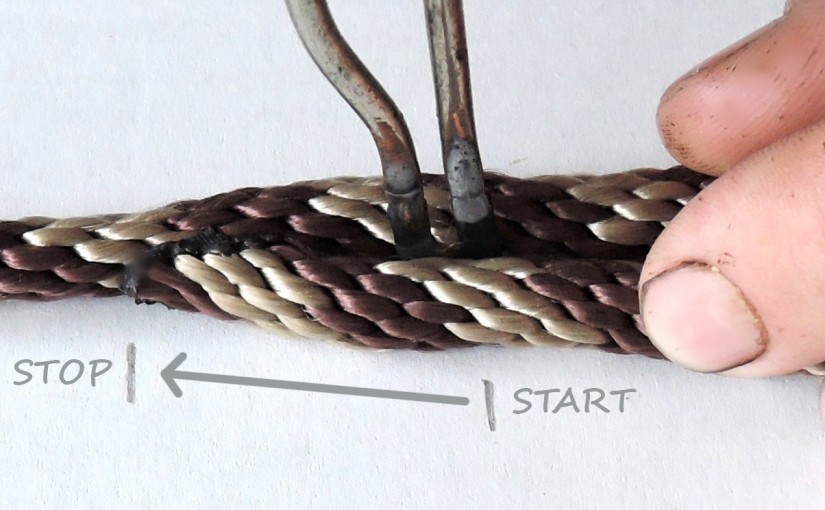
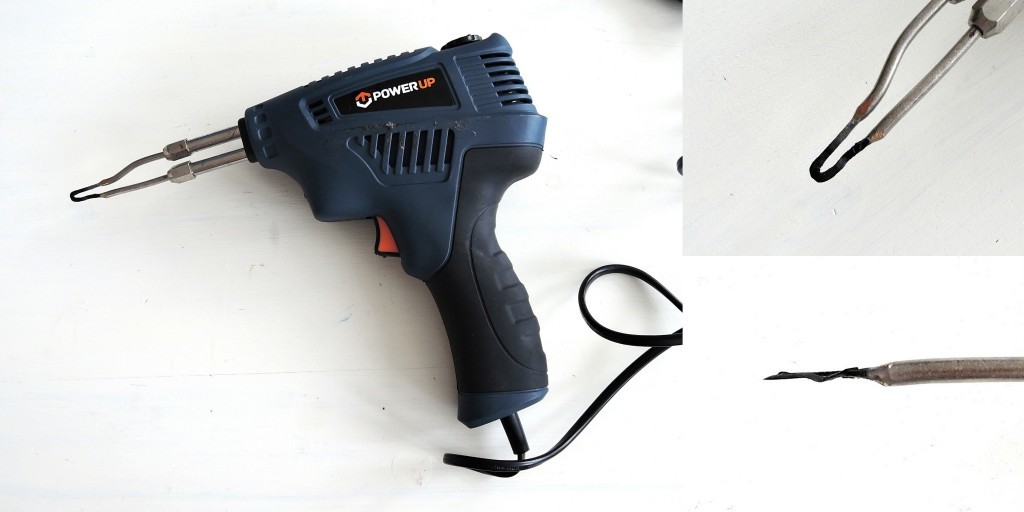
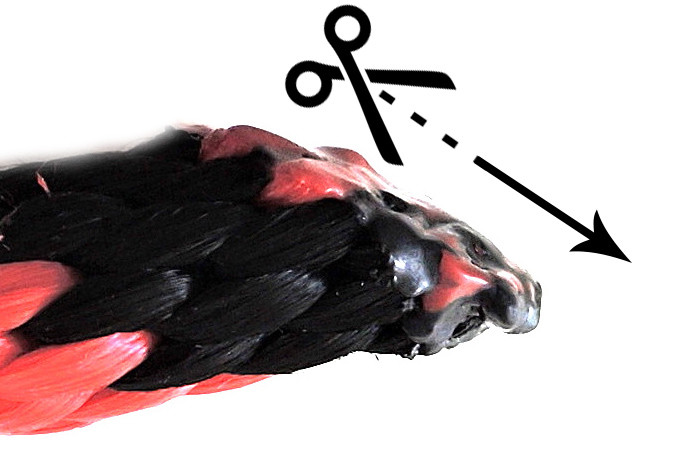
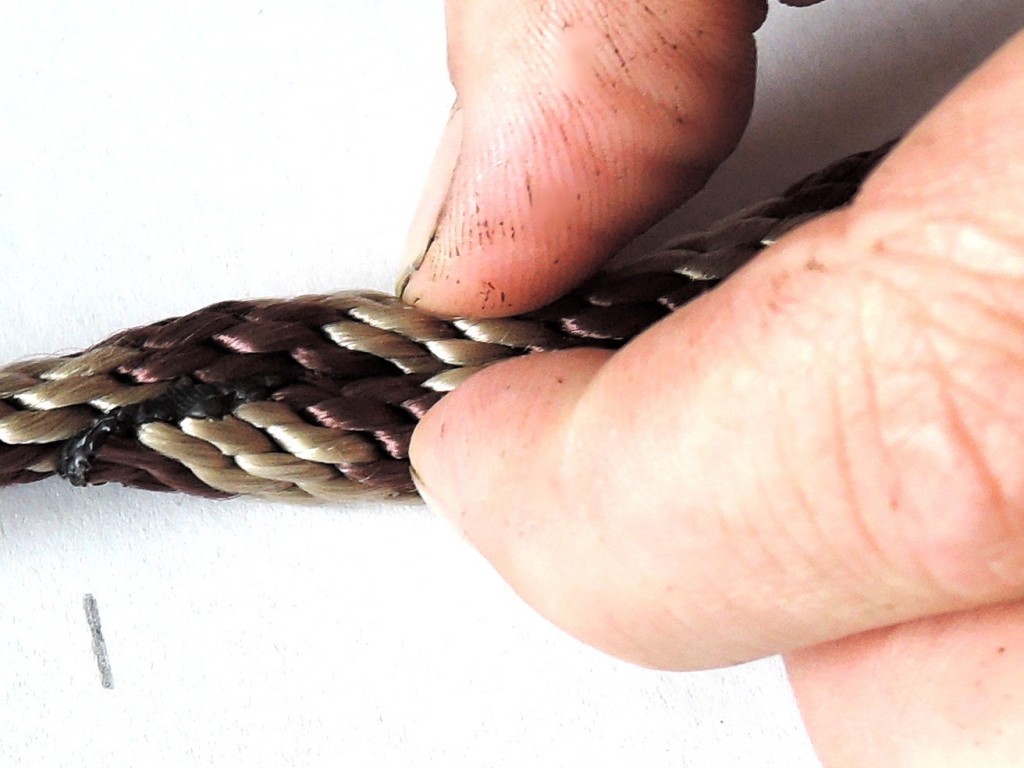


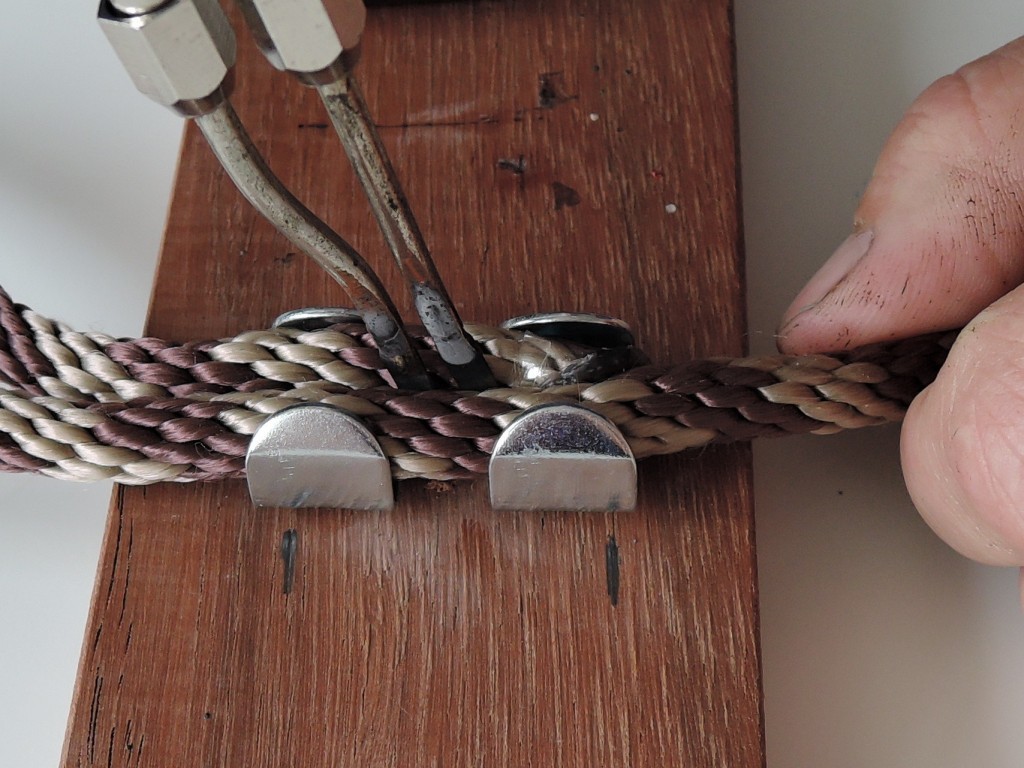
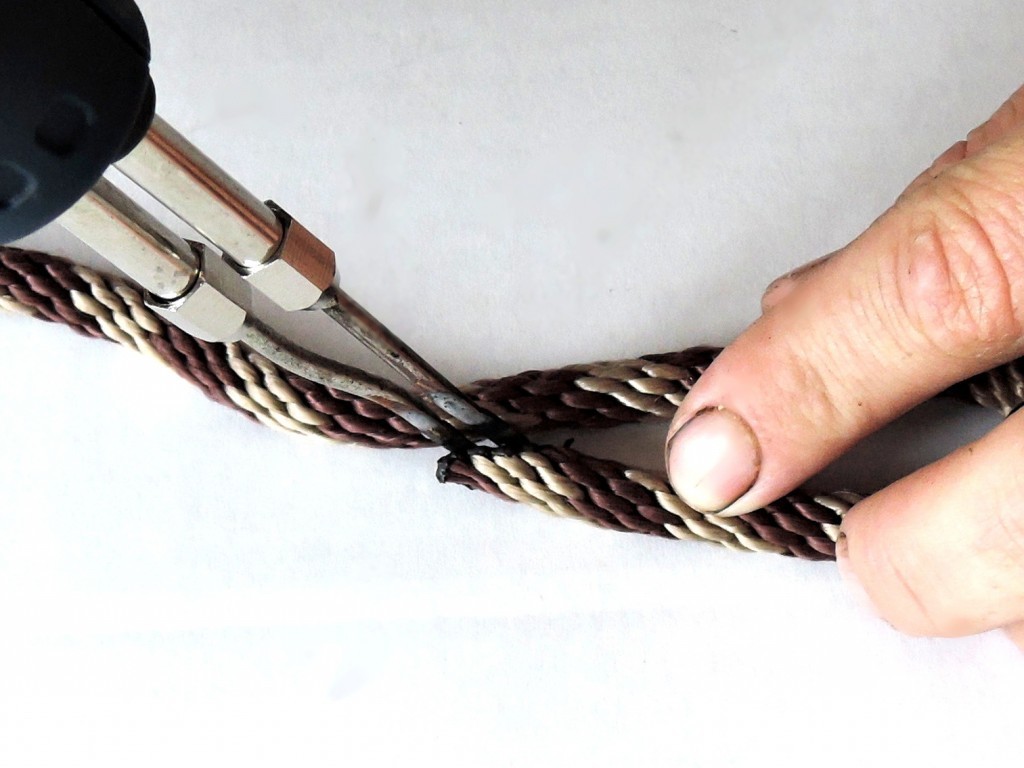
Pethardware.com
The only shop you’ll ever need for crafting collars and leashes.
Visit Pethardware.com